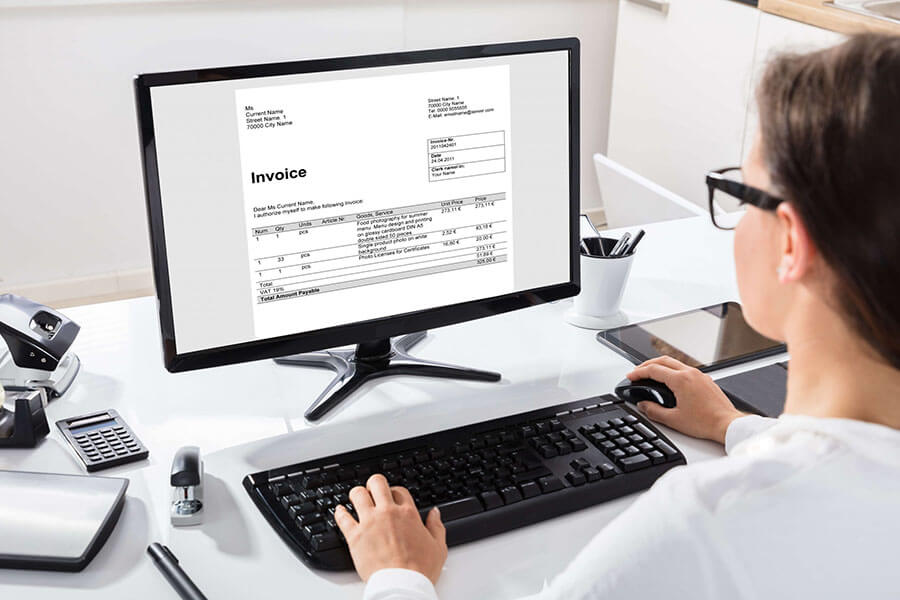
In the accounting industry, mark to market shows the current value of an asset, this is important in the compilation of financial statements for a fiscal year. When financial statements are compiled, they must reflect the current market value of assets. When this is contained and reflected in financial statements, financial institutions can then adjust assets account if borrowers defaulted on their loan payments in the course of the year. Companies adjust or mark these assets to the fair value given by Mark to market. However, if the measurement does not reflect the fair or true value of accounts, problems may arise.
Criminal investigations ensued when it was discovered that accounting firms were literally shredding financial statements to conceal them from the SEC. The end effect of the Enron scandal was to bring into question the accounting practices of many financial institutions. Remember that fair market value is based on what two willing parties to a transaction would agree upon in regards to the sale of the asset in question. It’s actually most beneficial to select mark-to-market accounting on securities that have manifested an unrealized loss because it reduces the overall taxable income of the day trader, which, in turn, could reduce their tax burden. During the 2008 financial crisis, mark to market accounting practices were a target of criticism as the housing market crashed.
Mark-to-Market Accounting: Pros and Cons
Correcting for a loss of value for these assets is called impairment rather than marking to market. In this situation, the company would record a debit to accounts receivable and a credit to sales revenue for the full sales price. Then, using an estimate of the percentage of customers expected to take the discount, the company would record a debit to sales discount, a contra revenue account, and a credit to “allowance for sales discount,” a contra asset account. Mark-to-market accounting is also used to register the replacement costs of personal assets. An example would be an insurance company providing policyholders with a replacement cost for a home if a need arises to rebuild it from scratch, which may be very different than the value of the home at the time of its purchase. For example, an individual with a stock portfolio worth $10 million does not actually have $10 million in cash under their name.
Loans and debt securities that are held for investment or to maturity are recorded at amortized cost, unless they are deemed to be impaired (in which case, a loss is recognized). However, if they are available for sale or held for sale, they are required to be recorded at fair value or the lower of cost or fair value, respectively. The Emergency Economic Stabilization Act of 2008 clarified the Securities and Exchange Commission’s (SEC’s) authority to suspend mark-to-market accounting and ordered it to study the issue. Mark to market accounting, also known as fair value accounting, is a method of valuing assets and liabilities based on their current market prices. Instead of relying on historical cost, mark to market accounting involves revaluing financial instruments to reflect their current fair market value.
Is mark to market accounting still used?
The Marist Brothers Catholic community founded this college, which now operates as a nonsectarian institution. It serves over 6,400 students at its campuses in Poughkeepsie, New York, and Florence, Italy. Geneseo charges a $50 application fee, but offers waivers for students from certain New York high schools.

If the signal is below this threshold, insiders are allowed to resell the asset above a given reserve price, and get rewarded if the sale is actually executed above this price. This intuitive but abstract contract admits a realistic implementation, whereby insiders are rewarded if and only if a carefully designed accounting measurement of the project is above a threshold. Under a more conservative regime, the accounting measure of the project (its “book value”) increases more gradually following positive market data.
Financial Crises Can Make it Less Accurate
Therefore, the amount of funds available is more than the value of cash (or equivalents). The credit is provided by charging a rate of interest and requiring a certain amount of collateral, in a similar way that banks provide loans. Even though the value of securities (stocks or other financial instruments such as options) fluctuates in the market, the value of accounts is not computed in real time. The mark-to-market rule was intended to serve this purpose; whether it in fact does so is at issue. The critics of the rule argue that in a crisis the rule fails to serve this purpose because current market values are distorted. The distortion arises because liquidity has dried up so much that there are few sales and the sales that do occur are made at distressed prices by companies that must sell.
Oftentimes, the fair value of an asset will be determined by a marketplace, such as the stock market, futures market, or real estate market. But if the market moves against you and is mark to market accounting legal your futures contracts drop in value, your cash balance would adjust accordingly. You’d have to pay attention to maintenance margin requirements in order to avoid a margin call.

0 Comments